The 2008 Russo-Georgian War was a clear instance of Russian military confrontation with one of the allies of the United States.
The Russo-Georgian War was a war between Georgia, Russia and the Russian-backed self-proclaimed republics of South Ossetia and Abkhazia. Russia and Georgia were both formerly constituent republics of the Soviet Union.
During the battle, Russians troops drew very close to Tbilisi, Georgia’s capital, forcing Mikheil Saakashvili, former president of Georgia who was a US ally to surrender. Then, the dialogue between Georgia (US) and Russia began at two levels. On the surface, were the North Atlantic Treaty Organization’s (NATO) special moves for expansion to the East and the adoption of military configurations in the Baltics. However, the underlying agenda for the US was to bring down Russia’s political system through its neighbors like Ukraine.
Today, we are witnessing the power struggle between Russia and the US that has certain properties.
The tension between Moscow and Washington, as mentioned, is rising, and both states more than ever before have been boasting their power to the extent of elimination of the other. Failed plans such as “Anti-Proliferation: to limit the expansion of nuclear weapons technology” and Nuclear Disarmament: to reduce the total number nuclear devices in existence, ideally down to zero,” are clear examples of the conflict.
NATO plays a pivotal role in the recent dispute between the two states. In the summer of 2017, NATO troops held a large scale defensive drill, “Iron Wolf 2017”, on the border separating Poland and Lithuania, to deter Russian aggression.
In response, Russia conducted Zapad 2017 military drills with Belarus in September of the same year in Baltic enclave of Kaliningrad bordering Poland and Lithuania. It was Russia’s largest exercise since the Cold War with 12,700 troops in the drills.
In 2017, Russia tested its new hypersonic missile, 3M22 Zircon, an anti-ship missile with five times the speed of sound.
Clearly, Moscow’s objective is to challenge NATO and the US naval and military capabilities. However, on a larger scale, Russia intends to frighten the US and the EU and create a sense of fear and insecurity through boast of power, a sense of “warning that a war is on the way.” Obviously, here NATO will change the balance of power to the benefit of Russia.
On the other hand, the recent decision by the US and NATO members in the establishment of two command centers in America and Germany against Russia, and enhancement of NATO and US nuclear weapons in German’s territory, reveal Washington’s long-term military strategy against Moscow.
The concerns have put Washington’s and NATO’s at an alert level for a possible military attack on Moscow.
Despite recent warnings from influential political figures like former Soviet Union President Mikhail Gorbachev, the late and ongoing conflicts between the US and Russia can lead to a condition far more grim than the Cold War era.
In this mayhem, factors such as “multiplicity of actors,” “increasing the rate of international actors’ vulnerability,” “modernizing nuclear weapons,” will enhance the cost of the new confrontation between Washington and Moscow.
Europe turns into battleground between US, Russia
As the conflict between Washington and Moscow is on the rise, many analysts believe the world will be going through a repeat of tensions of the Cold War era or even worse.
NATO’s (the North Atlantic Treaty Organization) and Russia’s new type of military drills both represent a radicalization of the climate between the two sides and a shift from “political” dispute to “military” conflict.
Although the real conflict is between Washington and Moscow, NATO’s European member states will inevitably get affected by the dispute, the result of which can severely threaten the European Union’s (EU) security.
European countries were hit the worst post-World War II andCold War and were the main victim of the wars devastating effects due to their geopolitical position.
Today, given the deployment of American’s nuclear missiles in Europe and Russian’s on Western European borders, Europe can once again become the “main battlefield” between the White House and the Kremlin.
Even if no war breaks out between the United States and Russia, European countries will experience the aftermath of the conflict on their economy, which is pretty much dependent on imports and exports, and will be hit by a tsunami of immigration.
Nowadays, the likelihood of the European Union collapse, due to internal and external threats, has increased more than ever before which is a matter of concern for many EU leaders.
In a wrap, European states don’t hold certain theoretical and practical framework or policy in regulating relations with Moscow and Washington, thus many of them have become involved in the conflict between the two powers, a process that can be very dangerous for the European Union.
What can salvage the European continent which is stuck in the middle of the US and Russia’s tug of war is the formation of a coalition of EU member states that are also part of NATO to mediate in the growing crises between the United States and Russia.
First published in our partner Modern Diplomacy
https://moderndiplomacy.eu/2018/03/17/new-american-russian-conflict-a-confrontation-beyond-cold-war/


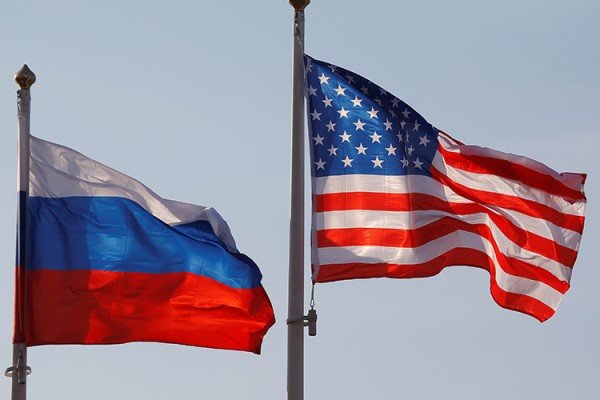
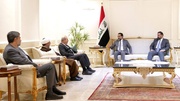

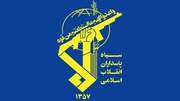




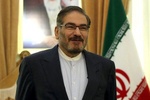
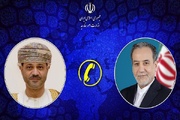
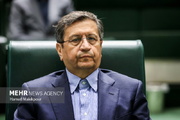









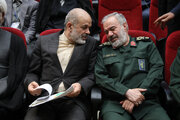
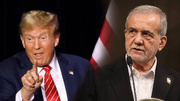


Your Comment